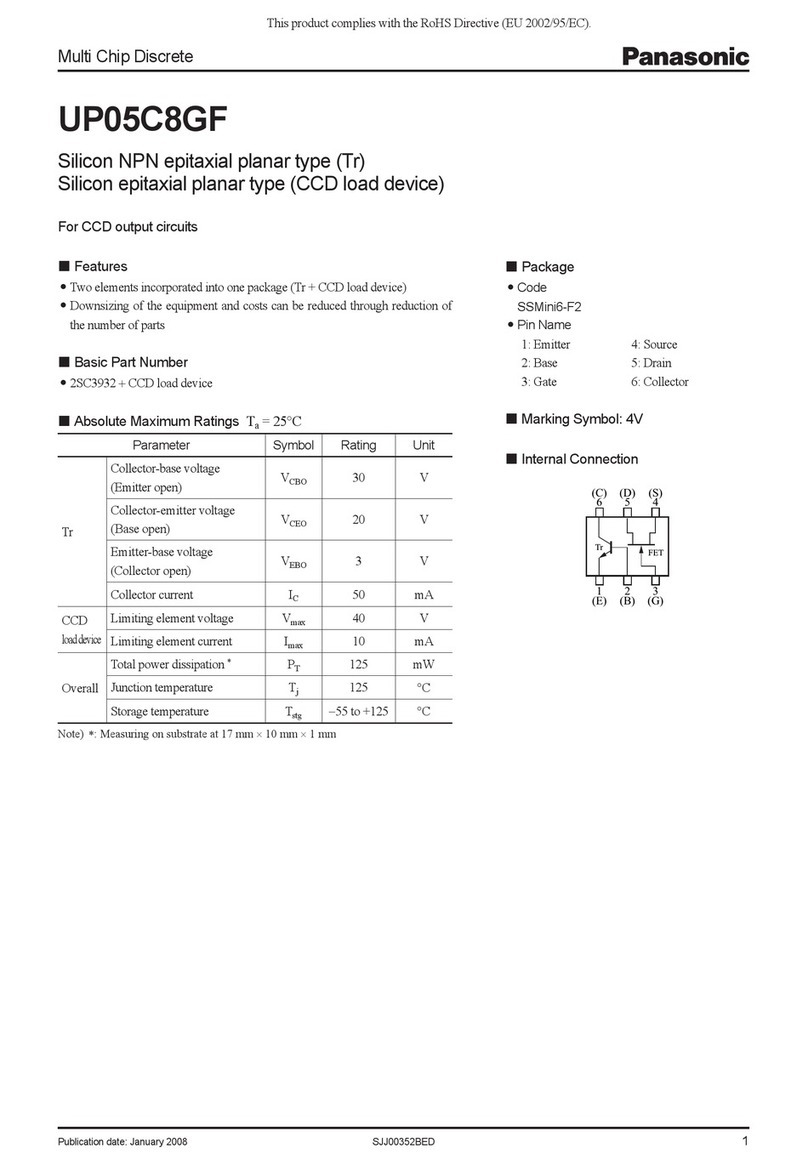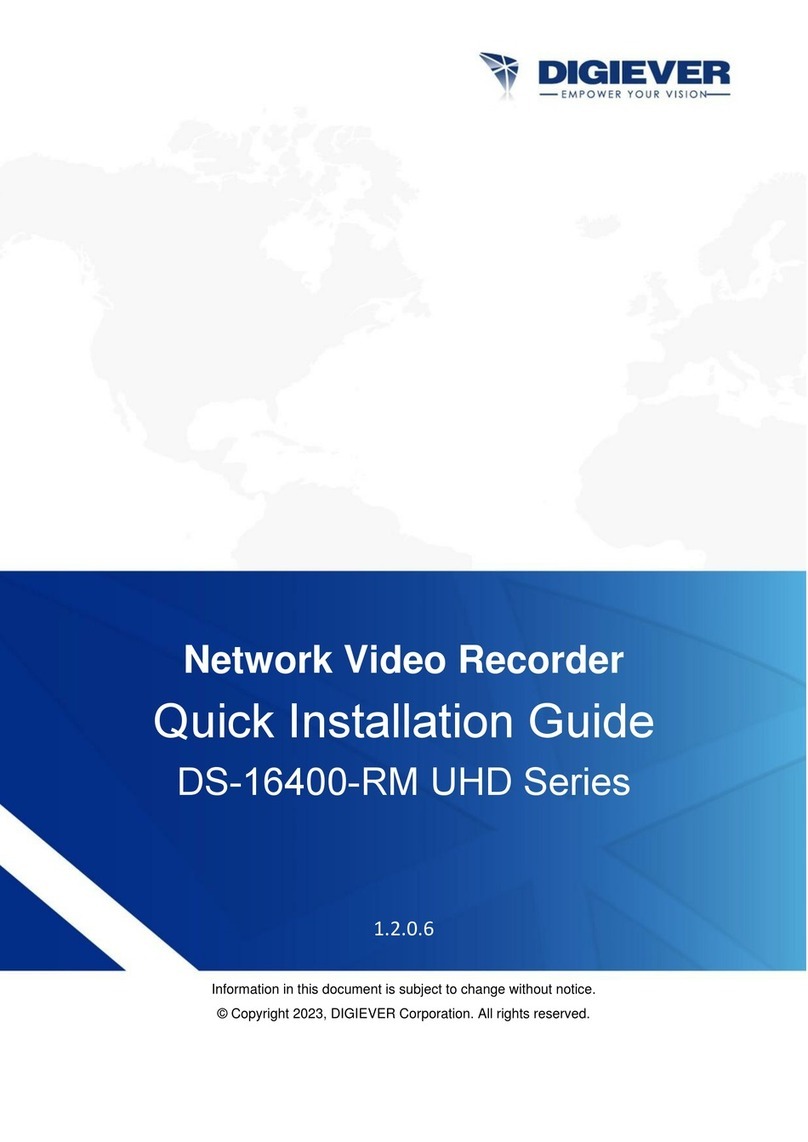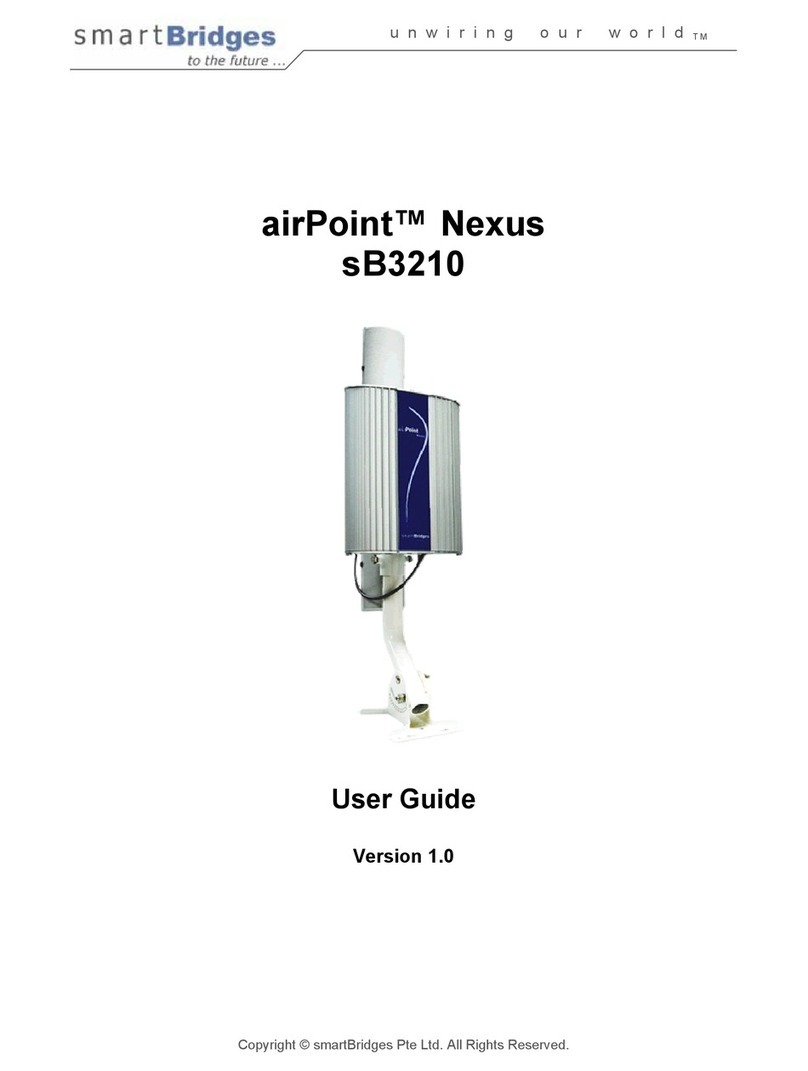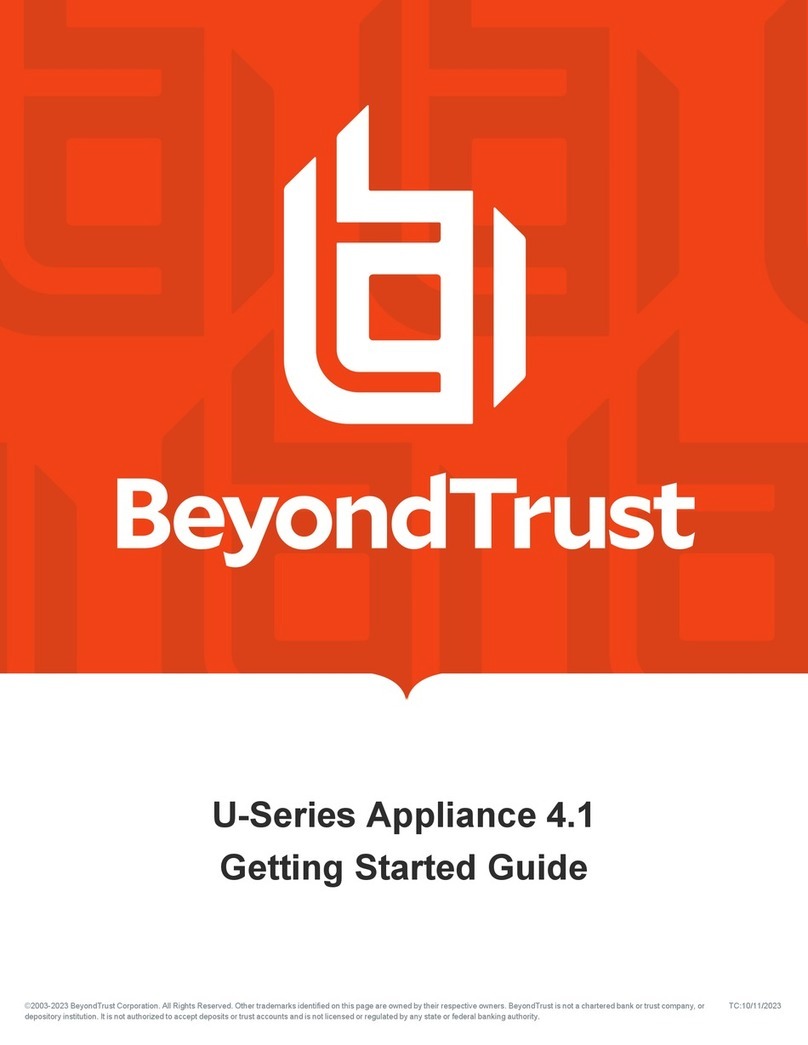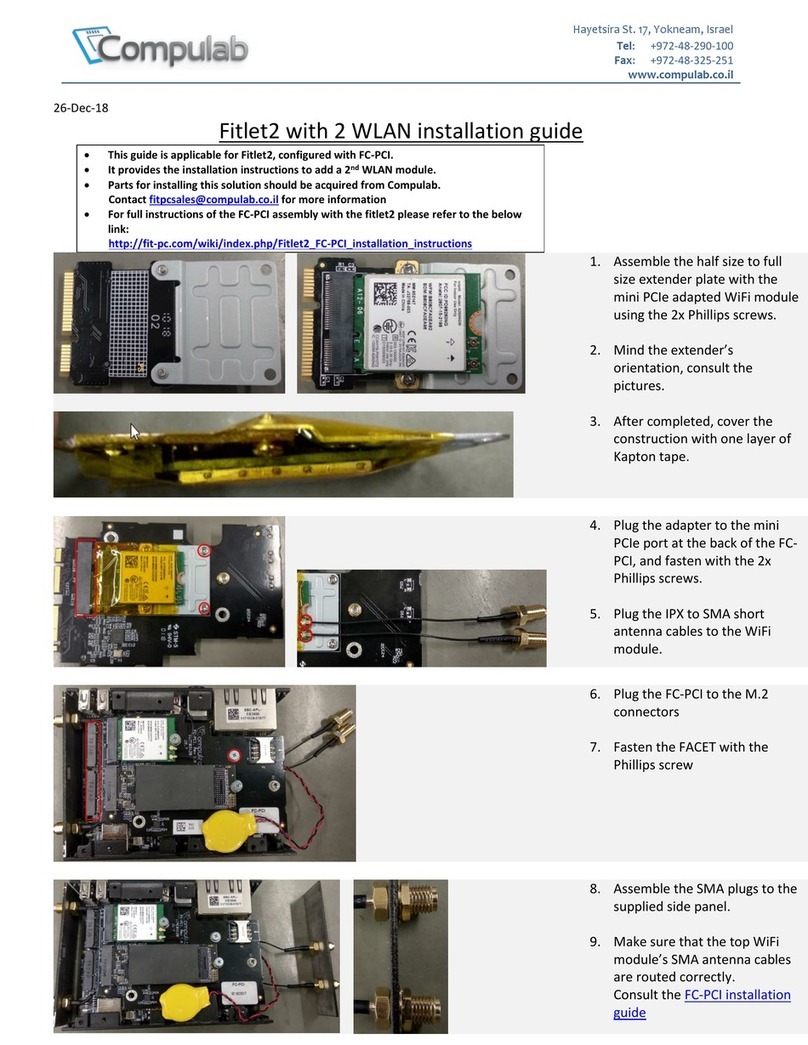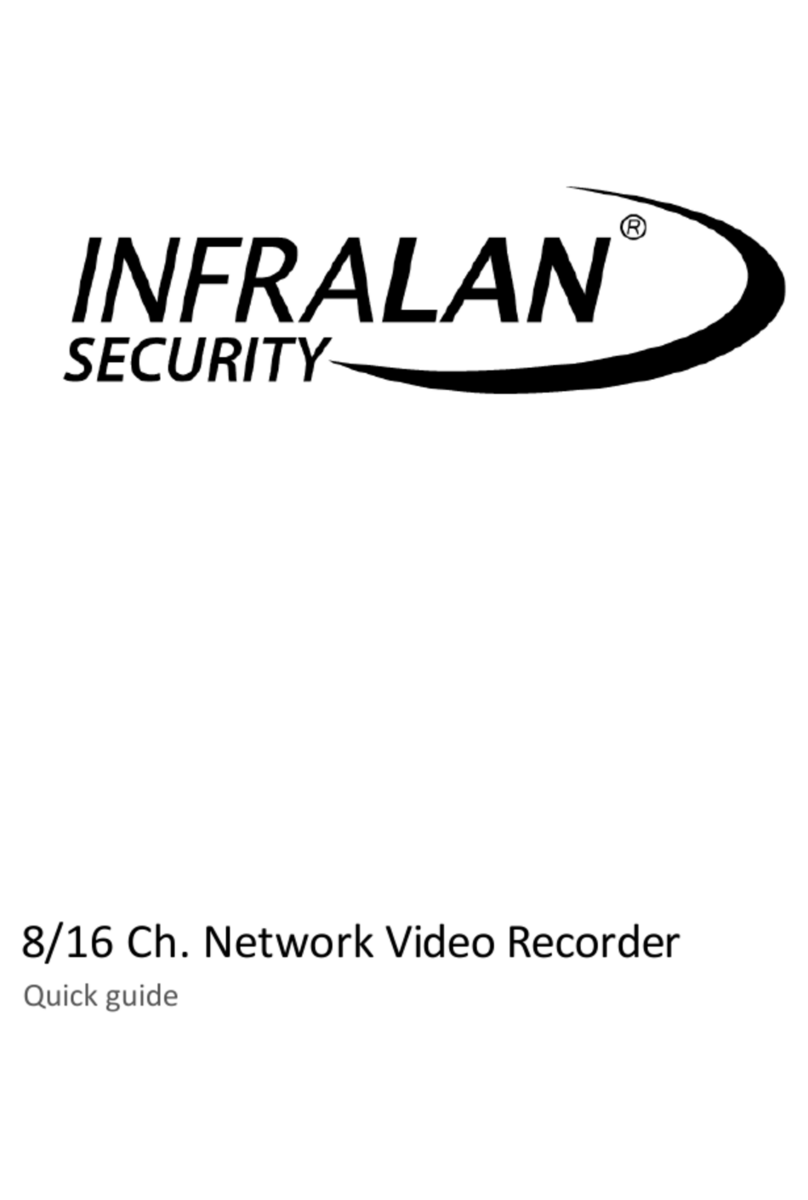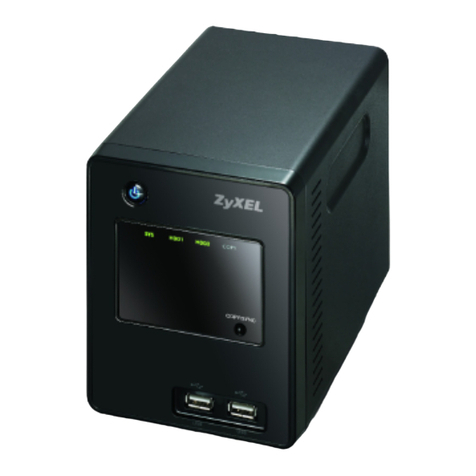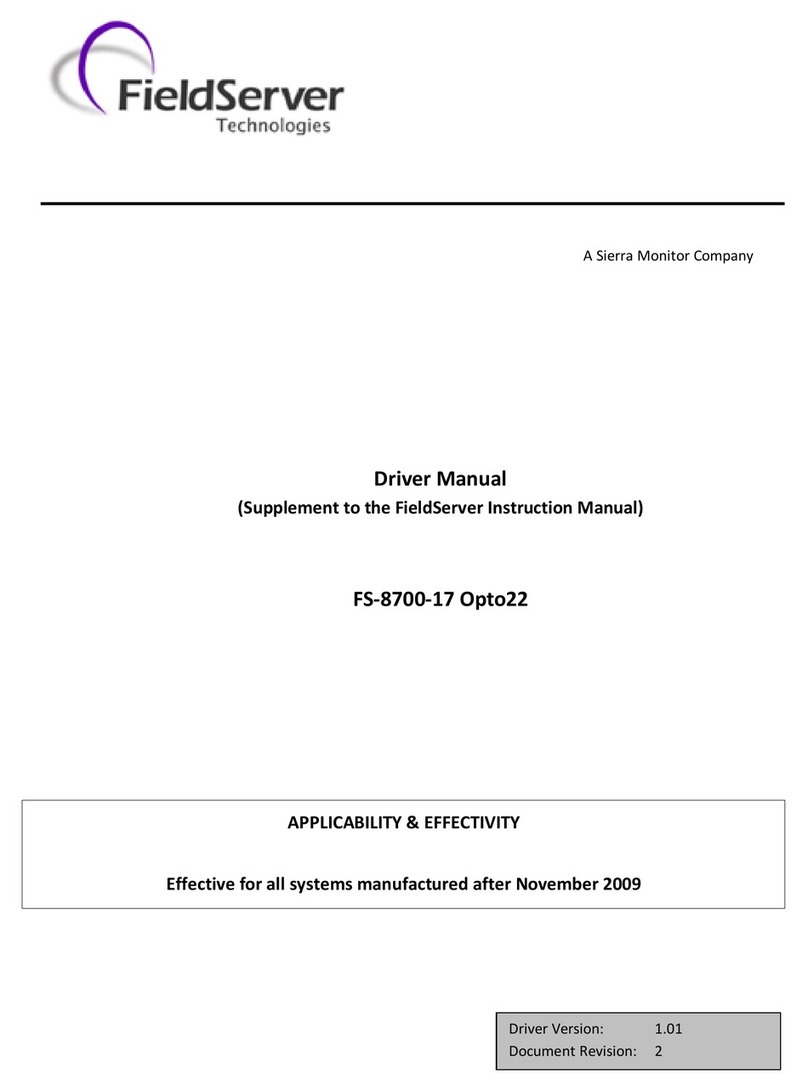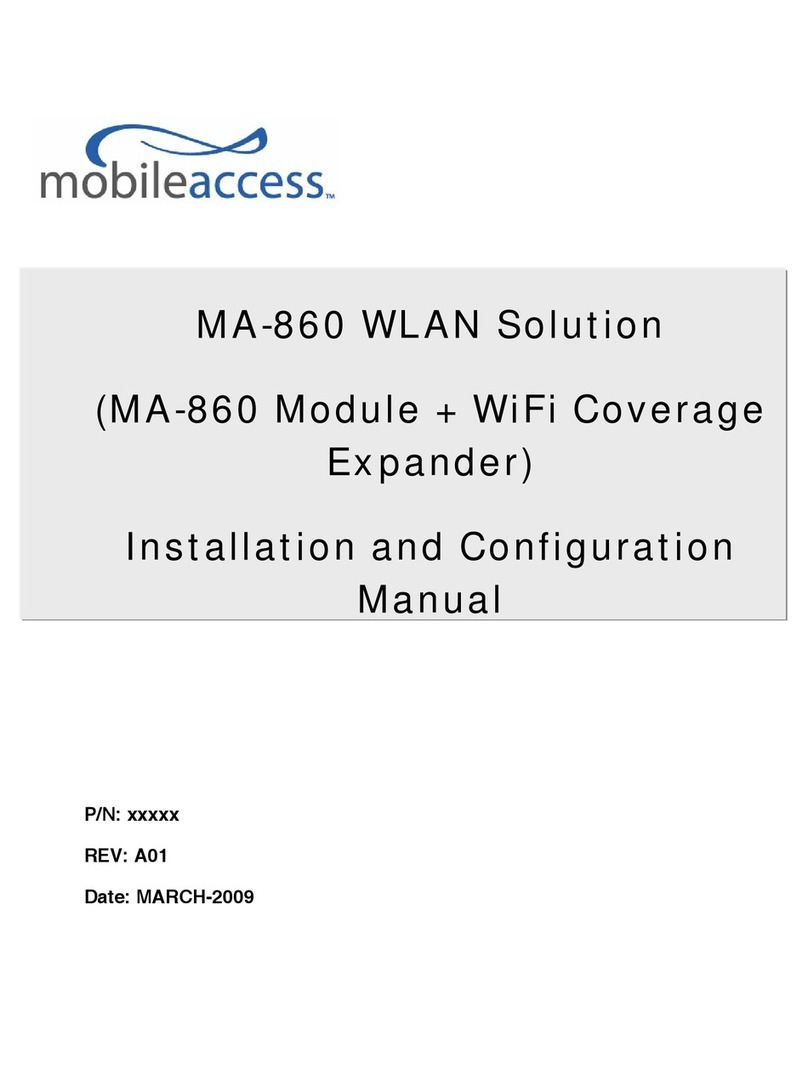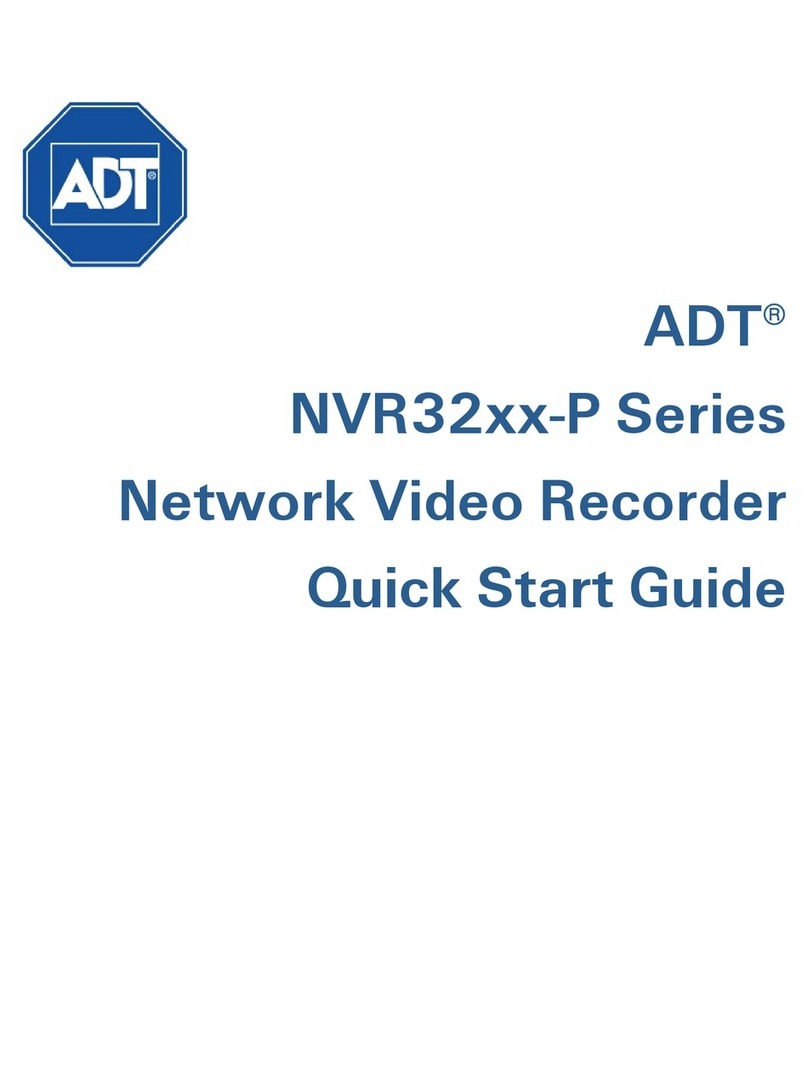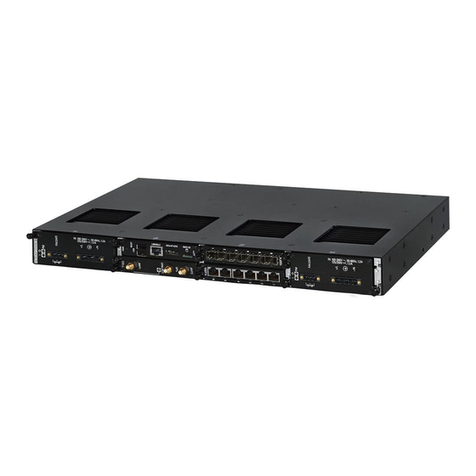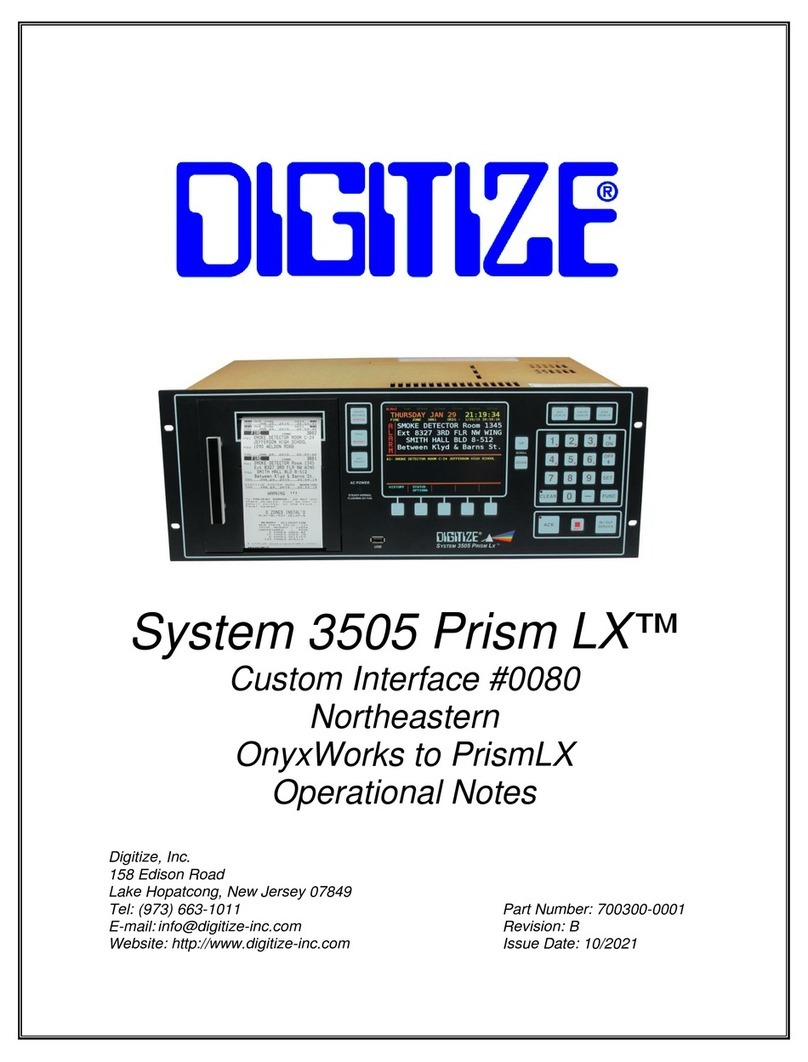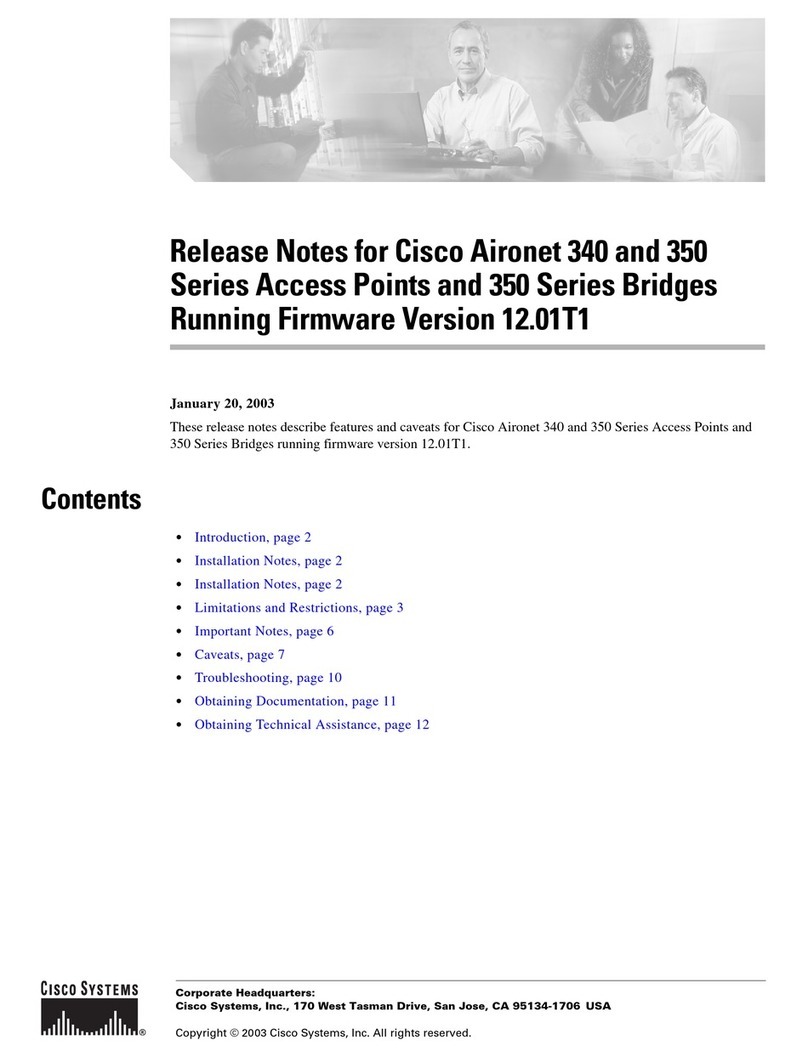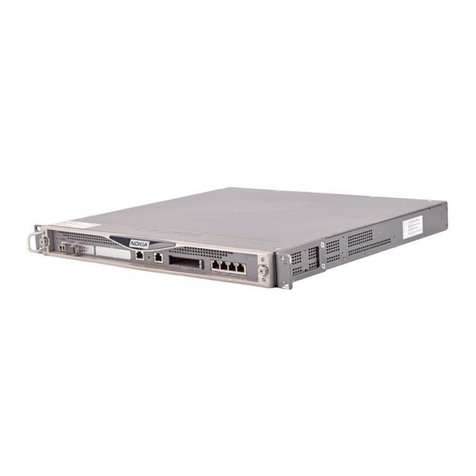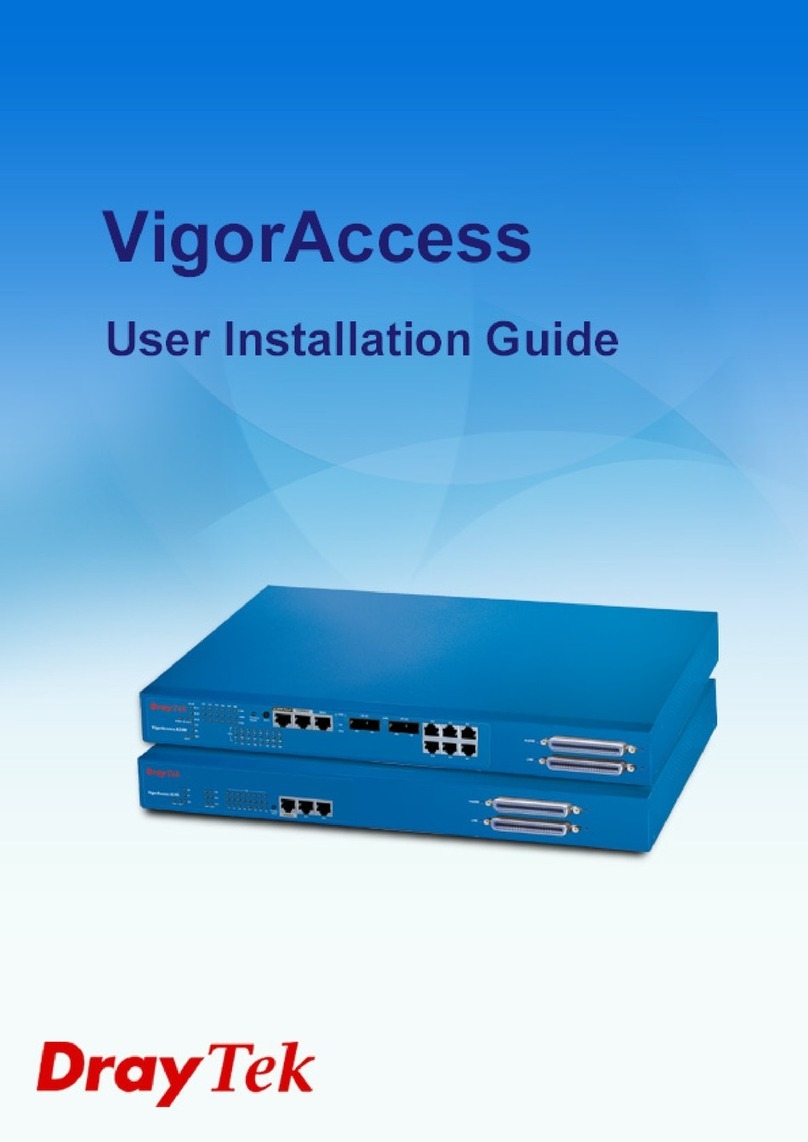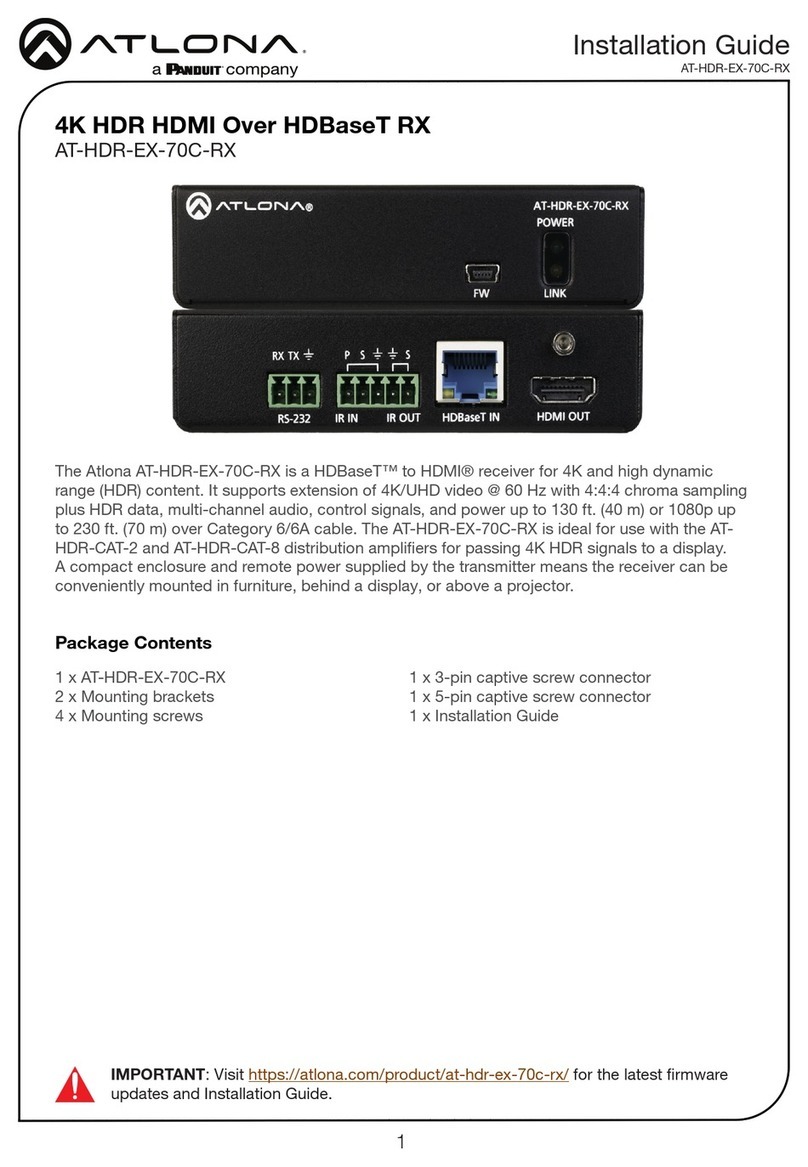
GLOSSARY'
The following terms shall be used In des ribing the omponents to be Installed throughout this manual. Figure 1 Illustrate* how the various components fit
together to form a complete, alarm monitoring system.
1. Control Unit - Secured area housing containing circuit card, transmission modules, standby battery and keyswitch or keypad
arming / disarming control. Specifically, the control unit refers to the DIGITIZES CU5-1, - , -4, -5, -6, -7, -11, -1 , -14, -15, -17, and - 2.
2. Receiver Rack (also referred to as a Monitor Rack) - Monitoring facility or central station housing containing receiver modules, primary
AC power supply, secondary DC standby battery and communications and annunciation Interface barrier strips and connectors.
Specifically, the receiver rack refers to DIGITIZES IMR510 & IMC5-5.
. Transmission Module (also referred to as a Termination Module, Figure B.0) -Secured areas to monitoring facility communications
device
housed In the secured area control unit. Communicates with Receiving Module In monitoring facility receiver rack. Specifically, the
transmission module refers to DIGITIZES TM5, - , - +, -10, - 2 with “-P”, “-K” or “-2 2” or no suffixes.
-2 2: DESPLEX 1, series Transmission Module that communicates via the RS-2 2 electrical interface standard Instead of the ON
WARD BELL-10 MODEM standard. The -2 2 Transmission Module (and accompanying -2 2 Receiving Module) might be used where
communication interfacing is vie some other medium than direct wire go., If the transmission modules to receiver module communicate
via fiber optic or microwave radio link).
-K: DESPLEX 10, 2 Series receiving module that can have its DES keys loaded via an automated random key generation method that
uses a simple fixture (,DIGITIZES – EB5 (DESPLEX 10) or EB20 (DESPLEX 2) extender board) Inserted into the monitor rack to generate and
load the keys into the receiver and transmission modules. The -K function is optional for DESPLEX 1 +, +, 10 and standard for
DESPLEX 2
-P: Local Event Logging option that allows an RS-2 2compedble printer (PTR5) to be connected directly to the TRANSMISSION module
for local event logging. The -P functions Is optional for DESPLEX 1, , 1 +, +, 10 and standard for DESPLEX 2.
4. Receiver Module (also referred to as a monitor panel, figure A.0) - Monitoring facility device housed in the receiver rack. Receives the
secured area status as sent by the transmission modules in the control units and annunciate* statue/status changes via visual and audible
Indicators. Specifically, the receiver module refers to the DIGITIZES MPG-1, - , 1 +, +, or -10 with the following suffixes:
-NCS-10 or MR16-10: Event logging “Network Controller” for an DIGITIZES IMR5 series receiver rack. Allows for communications with co resident
MP5's In the rack and Interfaces directly to the logging terminal and printer.
-(NO SUFFIX): Standard MP5 for DIGITIZES IMR5 series receiver rack. Allows for event logging to a treminal and printer connected to the rear of
the rack.
-IRA, -WF *** CONSULT FACTORY: Non-event logging MP5 that can be installed in IMR5 series receiver rack. NOT CONFIGURED
with a NC5-10/NR5-10 NETWORK CONTROLLER, or WELLS FARGO (or equivalent) MR series receiver racks.
-2 2: DESPLEX 1, , 1 +, + 10 Series Receiving Module that communicates via the RS-2 2 electrical interface standard instead of the ON-BOARD
BELL-10 MODEM standard. The -2 2 Receiving Module (and accompanying -2 2 Transmission Module) night be used where communications
interfacing is via some other medium than direct wire (i.e., if the transmission module to receiver module communicate via fiber optic or microwave
radio link).
-K: DESPLEX 1 +, + 10 Series Receiving Module that can have its DES keys loaded via an automated random key generation method that uses a
simple fixture (EB5/EB20 extender board) inserted into the receiver rack to generate and load the keys Into the receiver and transmission modules.
5. IXP6: (interface Expansion Panel) -Circuit card that replaces the 'blank" side support panel on receiving module that is to be configured
as a NETWORK CONTROLLER (NC5-10) or REMOTE NETWORK CONTROLLER (NR5-10). This circuit card contains memory expansion
to accommodate the user defined massages (255 total) that are stored an a NETWORK CONTROLLER. (Note: The NC5-10 or NR5-10 were Previously
referred to as a MP5-10N/IXP5 or MPG-10-NR/IXP5).
6. IXM5: (Interface Expansion Module) - Circuit card that Is added to the transmission module processor card when the module Is configured
for;
NON-VOLATILE BUFFER TRANSACTION STORAGE (-IXM5-2 option)
SPECIAL ORDER INTERFACE APPLICATIONS (-IXM5- option)
SCHILAGE ELECTRONICS ACCESS CONTROL SUBSYSTEM INTERFACE (-IXM5-4 option)
The circuits card contains memory expansion (IXM5-2,- ,-4) for NON-VOLATILE transaction storage, dual high speed asynchronous serial parts
(IXM5- .-4).
7. Local Printer - Secured area ('Local' relative to the secured area) printer to log all events. Specifically, the local printer reform to the
DIGITIZES PTR5.
8. Standby Battery - Continuously float charged LEAD ACID battery(s) that power the RECEIVER RACKS/RECEIVER MODULES and
CONTROL UNIT / TRANSMISSION MODULES In the event of primary AC power failure. Specifically, the rack batteries refer to SDS BT6
and the control unit batteries refer to DIGITIZES BT12. Standby battery power Is often just called 'DC POWER'.
9. Remote Panel (RP5-10) - Special type of Receiver Module that only annunciates remotely the state of an accompanying MP5-10 receiver
module and it's up to 9 transmission modules (TM-10, - 2).




















